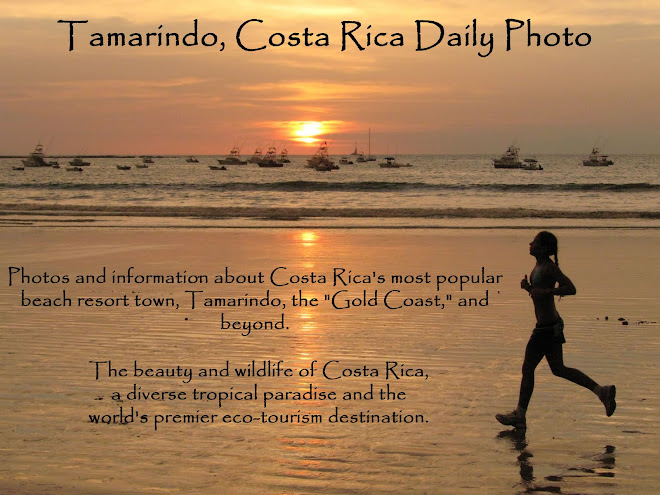 This is a close up of the top of the altar canopy of the Church of Our Lady of the Angels, which I showed from a distance in previous posts. You will note that on the wall behind the angel is the seal of the country of Costa Rica. You will note that the seal identifies the country as being located in Central America and shows green vegetation, high mountains, both oceans, and an old Spanish sailing ship.
This is a close up of the top of the altar canopy of the Church of Our Lady of the Angels, which I showed from a distance in previous posts. You will note that on the wall behind the angel is the seal of the country of Costa Rica. You will note that the seal identifies the country as being located in Central America and shows green vegetation, high mountains, both oceans, and an old Spanish sailing ship.Christopher Columbus visited Costa Rica, but it was largely overlooked by the early Spanish colonial rulers because it did not have gold. It was given the name "Costa Rica," which means rich coast, by Spanish explorers who saw the gold of the local population, but the Spaniards mistakenly assumed at first that the source of the gold was local. When they learned that the gold came from far away, the Spanish lost interest.
The first permanent settlement in Costa Rica was on its Pacific Coast, which I find to be a curious in view of the fact the Spanish exploration came from the Atlantic/Caribbean side of the country.

5 comments:
Money still causes people and whole countries to go nuts. I guess we should change our currency to cement blocks. Maybe people wouldn't be so anxious to exploit others for the blocks. LOL
I forgot to mention, that Columbus took a boatload of slaves back to Europe from Costa Rica.
Very interesting as always.
Abe,
Your are correct. And Columbus's indefensible record regarding the enslavement of the indigenous people is compounded by the actions of those who followed Columbus. Later generations of native Costa Ricans were decimated by shipping them off to Peru to work in the mines and by diseases imported by the Europeans.
The priority the Spanish placed on gold and silver is part of the explanation that Costa Rica's first permanent settlements occurred on its Pacific coast. The people who established those settlements came up from Peru, not directly from Spain. That shows how much more developed the settlement of Peru was than Costa Rica at that time.
Very interesting description of the seal and Costa Rica history. Thank you, David. I really enjoy posts like this.
Post a Comment